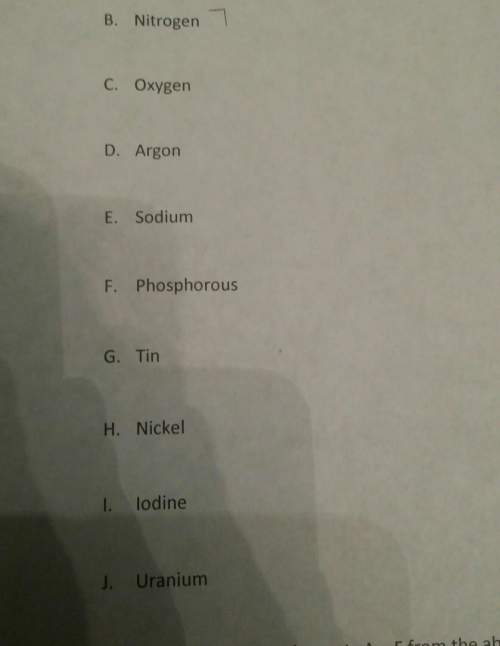
Chemistry, 20.09.2020 07:01 brooklyn674
Objective(s): The purpose of this lab is to use models to explore how energy transforms from one form to another to support the law of conservation of energy. Hypothesis: In this section, include the if/then statement for your lab. This statement reflects your predicted outcome for the experiment. If I transfer potential and kinetic energy using a Rube Goldberg device, then I will be able to . (Fill in the blank with the simple task your device will be able to do.) Materials: In this section, list the items and/or materials that are part of your Rube Goldberg device design. Procedure: In this section, include a summary of how your Rube Goldberg device design works from start to finish to complete a task. Your Rube Goldberg device design must include at least three energy transformations. Be sure to include the image, drawing, or video of the Rube Goldberg device that you created. You can include that here or submit a separate file. Data: Record your data in the chart below to include three examples of energy transformations in your Rube Goldberg device design. Example Item Types of energy that were transformed How the energy was transformed? Example Ball Potential energy transformed to sound energy. The ball fell off the shelf and hit the floor causing sound. 1 2 3 Conclusion: Complete the conclusion questions below. Please write in complete sentences. Describe how the Rube Goldberg device design that you created follows the law of conservation of energy. Be sure to include both parts of the law of conservation of energy in your description. Give a real-world example of an energy transformation that uses two of the following forms of energy: chemical, mechanical, nuclear, gravitational, radiant, electrical, thermal (heat), and/or sound.

Answers: 3


Another question on Chemistry

Chemistry, 22.06.2019 05:30
What is the mass of each element in a 324.8 sample of co2
Answers: 1

Chemistry, 22.06.2019 13:00
One of the hopes for solving the world's energy problem is to make use of the fusion reaction 21h +31h --> 42he + 10n + energy how much energy is released when 1 mol of deuterium is fused with 1 mol of tritium according to the above reaction? the masses of the atoms and the neutrons are as follows: 21h = 2.0140 amu 31h = 3.01605 amu 42he = 4.002603 amu 10n = 1.008665 amu. the speed of light is 2.9979 x 108 m/s.
Answers: 1

Chemistry, 22.06.2019 23:00
What is the oxidation state of an individual bromine atom in nabro3?
Answers: 2

Chemistry, 22.06.2019 23:30
The sum of the oxidation numbers in a neutral compound is always
Answers: 2
You know the right answer?
Objective(s): The purpose of this lab is to use models to explore how energy transforms from one for...
Questions

Mathematics, 28.03.2020 02:41




History, 28.03.2020 02:41



Mathematics, 28.03.2020 02:41


English, 28.03.2020 02:41

Mathematics, 28.03.2020 02:41

Mathematics, 28.03.2020 02:41

Arts, 28.03.2020 02:41

Biology, 28.03.2020 02:41

Biology, 28.03.2020 02:41

Mathematics, 28.03.2020 02:41


Mathematics, 28.03.2020 02:41


Mathematics, 28.03.2020 02:42




